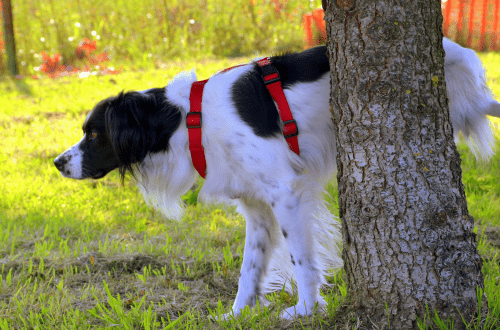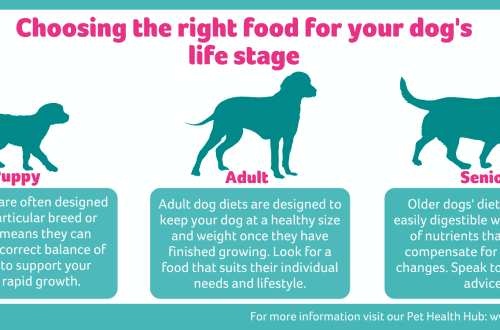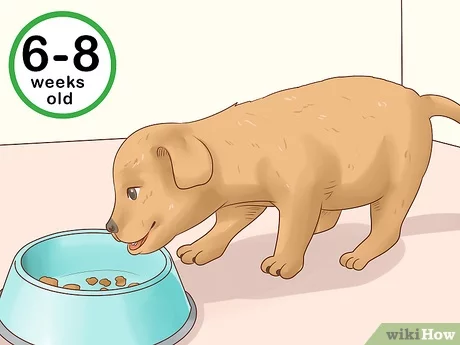
How to determine the age of a dog or puppy
Contents
important points
The health and longevity of a dog largely depends on how well the owners take care of it. And for proper care of a pet, you need to know what his age is. This will come in handy in a variety of situations.
- When choosing food, portion sizes, because the needs of a puppy, a young or aging dog are significantly different.
- To determine the timing of vaccination. In most cases, they depend on the age of the animal. Some vaccines that are effective for puppies do not guarantee protection for an adult pet.
- When choosing the right time for sterilization or the best period for mating.
- In order not to miss the period most suitable for raising a dog, its socialization.
- In case of illness. It will be easier for the veterinarian to make a diagnosis, since some ailments occur in dogs at a certain age interval.
Determining the age of the dog, you can focus on external signs. The most reliable method is to examine the condition of the pupil’s teeth. It is also important to pay attention to his muscles, eyes, coat, weight. And the combination and comparison of these criteria will help to more accurately determine how old your companion is. It should be borne in mind that it is easier to determine the age of a puppy than to find out how long an adult dog has already lived, especially if it is from 2 to 7 years old. This time period is the period of maturity of the dog: between youth and old age.
Perhaps every owner wonders how old his pet is by human standards. Despite the fact that the answer does not have much practical significance, people are interested in formulas, graphs, tables that display the conversion of dog years to human years. From time to time, new studies appear that refute previous ones and provide more accurate answers to a popular question.
Our four-legged friends are reaching adulthood much faster than we thought, according to recent research.
Determining the age of a dog by teeth
Teeth are the main “tool” of the dog, which is extremely important for it. And the method of determining the age of a dog by teeth is traditionally considered the most accurate. True, to a greater extent this applies to puppies and young animals – up to a year or a little older. In the future, many factors can influence the overall picture: conditions of detention, type of food, pet diseases. When examining teeth, you need to pay attention to their color, degree of wear, number. In the dentition of an adult dog, there should normally be 42 units.
Puppies are born toothless. At 3-4 weeks, milk teeth gradually erupt in babies: first incisors, then canines and, finally, premolars (by 5-6 weeks). At 8 weeks from birth, the puppy already has a full set of milk teeth (14 at the top and bottom).
In the fourth month, the change of teeth begins in animals, and in the eighth, their dentition is fully formed. White teeth without wear are the primary indicator that you have a young dog in front of you.
The fact that the dog has crossed the 12-month age threshold is evidenced by the gradual erasure of the tubercles on the anterior incisors of the lower jaw. By the age of two, the tubercles are completely erased, but the whiteness of the teeth remains. In 4-year-old pets, it is already possible to observe the erasure of tubercles on the upper hooks. The teeth are still white, but the enamel begins to fade, loses its luster. With poor care, hardened plaque becomes noticeable.
By the age of 5, the dog has already completely erased the tubercles on all incisors, the fangs begin to become dull, the teeth turn yellow. In six-year-old dogs, the lower incisors curve outward, the yellowness of the tooth enamel becomes more pronounced. In 8-10-year-old animals, as a rule, all teeth are erased, and fangs almost do not stand out in the general row.
It is possible to determine that the dog’s age has exceeded 10 years by detecting the complete erasure of the crowns of the lower incisors in it, malocclusion. Also during this period, the dog’s teeth begin to stagger and fall out.
By musculature
One way to determine the age of a dog by external signs is to pay attention to its muscle tone. A young healthy dog under the age of two years is always active, mobile, respectively, its muscles are developed, the muscular corset is tightened.
By the age of 3-4, the activity of the pet gradually fades away, and muscle tone weakens. This trend has been developing over the years. Older dogs lose energy, are reluctant to go for a walk, try to sleep longer. Dogs gain excess weight, and their muscles become sluggish.
In the eyes
In healthy puppies and young dogs, the eyes are always clean, clear, there is no veil, discharge. Loss of enthusiasm, some fatigue in the look of the animal may appear as early as 4-5 years. This happens gradually. Also, with age, the pet’s eyes seem to be more deeply planted.
Closer to old age, the dog’s eyes begin to grow dull, cloudy. In an 8-year-old pet, the look becomes more and more tired, the eyes lose their transparency, a veil appears in them. As for diseases of the organs of vision, their symptoms can appear at any age.

Instead of counting the passing years, it is much more useful and more accurate to look at the dog’s DNA methylation level to determine the real age.
By wool
The coat of puppies and young dogs is soft and pleasant to the touch. But the older the dog, the tougher his coat becomes. However, this is a generalized observation. Much depends on the breed of the animal, the conditions of its maintenance, the quality of nutrition. In dogs with a dark color at a respectable age, gray hair often appears. It can be seen in the mouth area.
By weight
The weight of the dog also matters. Of course, a puppy weighs less than an adult dog. But there are also special parameters of this indicator, characteristic of various breeds and sizes – dwarf, medium, large. Information about the exemplary weight of animals of a particular breed at a certain age is presented in special tables and graphs. They can be found in articles with a detailed description of dog breeds.
If your four-legged friend is of noble birth, you can easily find out how much he should weigh, for example, at maturity, and more or less accurately determine whether he has reached “completion”.
Giant dogs deserve special attention. Puppies from this group gain weight rapidly, and a teenage dog may well look like an adult.
Representatives of small breeds also grow very quickly, reaching the peak of their physical development by the first birthday.
How to determine the age of a puppy
The fact that the puppy was just born is easy to determine. His eyes are closed, his teeth and hearing are missing. He does not walk, mostly sleeps, waking up only to refresh himself with breast milk. So the baby spends the first 2 weeks of his life. The puppy’s eyes begin to open on the 12-14th day of life, in the third week hearing gradually develops. However, both vision and hearing are not yet complete, they are formed as the animal grows.
The baby makes the first weak attempts to get on its feet in the third week. Around the same time, he learns to distinguish smells. By the end of the first month of life, the puppy not only walks confidently, but also runs, studies the world around him.
Age from a month to a year can be determined by the puppy’s teeth. Milk teeth appear in him in a month and a half, at 4 months their change to molars starts, and at 8 months the dentition is completely formed.
Puberty in dogs begins at six months. Males can mark, and this will give the owner a hint – the pet has definitely reached 6 months of age. The first estrus in representatives of small breeds is usually observed from 6 to 10 months, in large dogs – at 10-18 months.
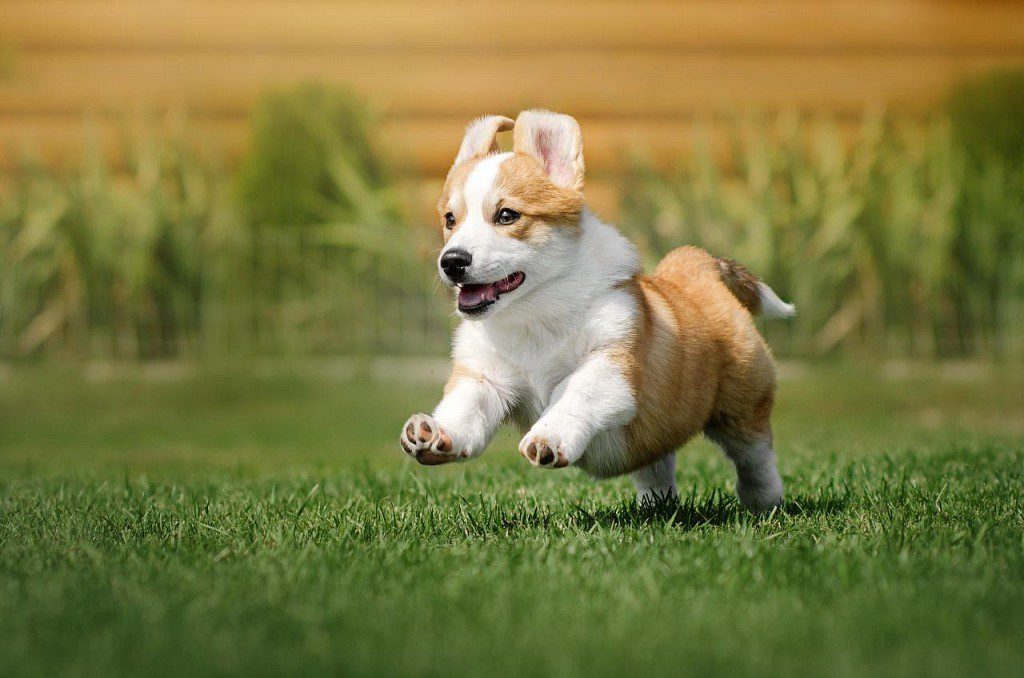
In their first year of life, puppies grow so fast that in 12 months they reach the equivalent of a human 31 years old.
How to determine the age of an adult and elderly dog
Upon reaching 6 months, the puppy enters adolescence. This period approximately lasts for dogs up to 12 months. After a year, animals of small and medium breeds, in general, stop growing, and in their large counterparts, the development process can continue for another 6-12 months. Starting from the age of two, dogs of all breeds are considered adults, since by this time they have reached sexual and behavioral maturity.
It is rather difficult to determine exactly how old a dog is over two years old, since the main method, which involves determining the age of the animal by teeth, is then difficult. The fact is that in the dentition of a dog that has crossed the 2-year age threshold, changes occur almost imperceptibly for most owners for a long time. A dog handler or veterinarian will come to the rescue.
The fact that the dog is an adult can be suggested by its behavior. A mature dog is less playful, curious, open, active than a puppy. However, the behavioral characteristics of the animal, its attitude towards others largely depend on the breed.
Dogs older than 7 years are called seniors. The following signs suggest that the aging process has begun:
- the pet’s activity decreases, it is no longer attracted to long walks, and the desire to sleep longer, on the contrary, increases;
- gray hair is found on the muzzle of the dog, although it happens that gray hairs also appear in contented young animals;
- it becomes noticeable that the dog has become worse to see and hear;
- alienation is manifested in the behavior of a four-legged friend;
- decreased appetite;
- the dog’s sexual desire fades away, she no longer strives to play or get to know relatives;
- the dog has problems with digestion, the urge to discharge natural needs becomes more frequent.
If these signs appear in an older dog, this is within the normal range. But if you are sure that your pet has not yet reached the age of 7, you should pay attention to such signals and contact your veterinarian.
How old is a dog in human terms
For a long time, to find out how old a dog is compared to a person, a simple formula was used with the coefficient “one year for seven”. By multiplying the pet’s years by 7, the owners got a number that, according to popular belief, corresponded to human age. Probably, this recalculation was based on indicators close to the average life expectancy of a person and a dog, i.e. 77 and 11 years. If we make a division, we can conclude that each year of the life of a quadruped is equivalent to seven years of a human life.
But surely many dog owners suspected that “something was wrong” with such a formula. For example, taking into account the average age of puberty of dogs – 6-12 months for different breeds, it turned out that this period of development accounted for 3,5-7 human years.
The difference in life expectancy between representatives of small and large breeds also adds to the complexity, because it is known that, on average, small dogs live longer than their massive relatives. Some pets with good care, proper nutrition, decent conditions can live up to 20 years. If we apply the coefficient “one to seven”, we get 140 years, that is, an age that is still unattainable for a person.
In addition, it is obvious that at the initial stage of their life, dogs mature much faster than humans in the equivalent period. At 6 months, they are already entering adolescence, and at 2 years they become adults. Then the developmental processes of the animal slow down. As a result, we can say that the main part of a dog’s life is a period of middle age.
The refined formula forced a new look at the ratio of canine and human age. It proposes to equate the first two years of a pet’s life to about 12-15 human years each. Then the ratio is determined as 1 year in dog terms to 4-5 human years. When compiling new tables that help determine the age of a dog by human standards, differences in size and breeds of dogs were also taken into account.
dog size:
Petite Less than 10 kg
Average 10-25 kg
Much 15-50 kg
Giant 50+ kg
Age of dogs
Return by human standards
dog age calculator
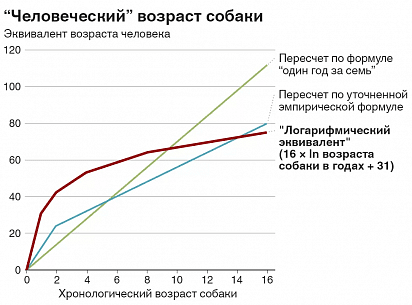
Comparison of different methods for calculating age on a graph
In 2020, scientists studying the aging process at the genetic level have developed an unexpected mathematical relationship between the age of a dog and a person. She suggests using the natural logarithm of the animal’s age (ln) and looks like this: 16 x ln(dog’s age) + 31 = human age.
The new calculation results are significantly different from the previous ones.
The convoluted equation: 16 x ln(dog’s age) + 31 = human’s age can be easily solved with a scientific calculator.
For convenience, we have made a calculator based on the above formula. You just have to substitute the age of your pet and click on the “Calculate” button.
The innovative formula shows that a one-year-old dog can be compared to a 30-year-old man, a three-year-old dog to a 49-year-old. A dog of seven years old by human standards would be considered 62 years old. Dogs that are 10-13 years old (and this is their average life expectancy) really correspond in age to 70-75 year old people.



